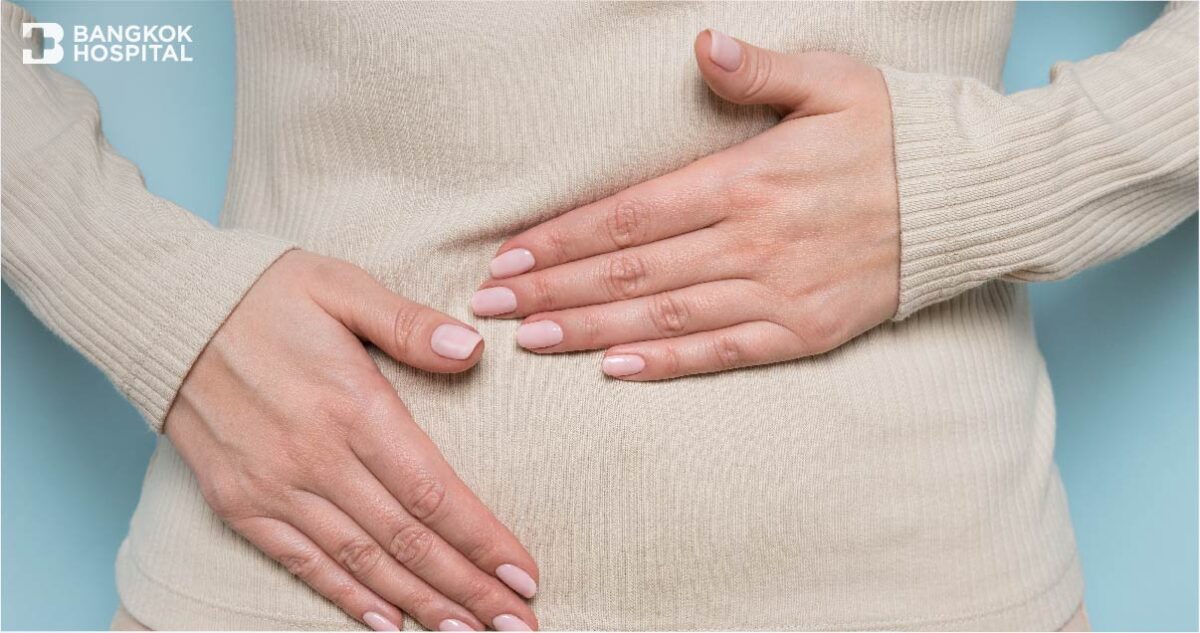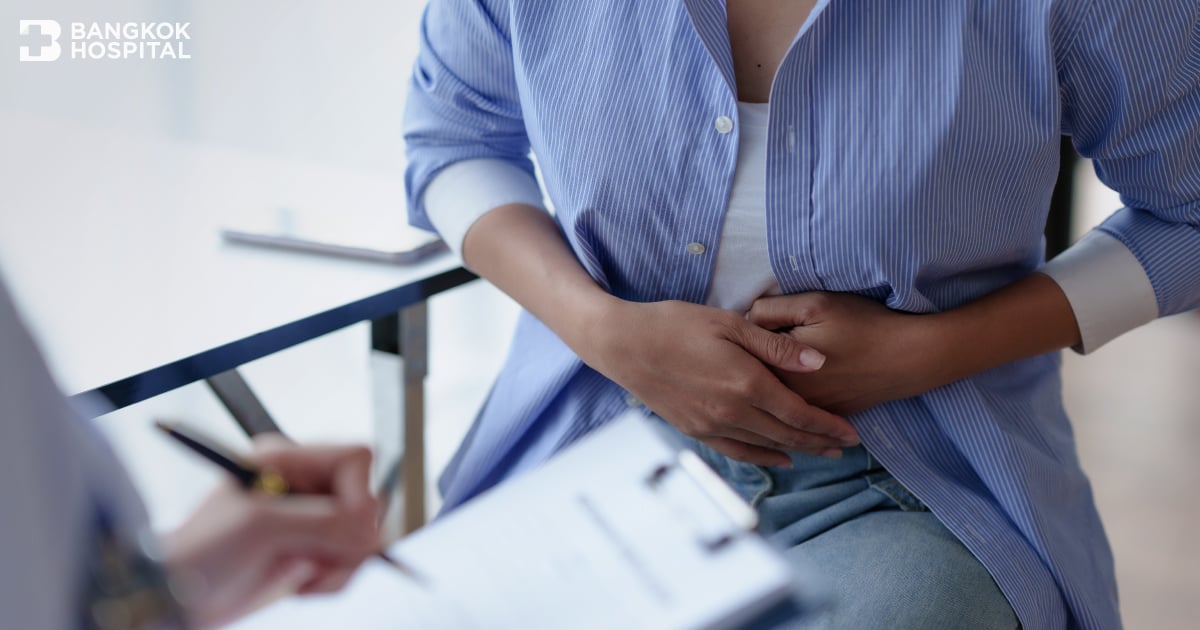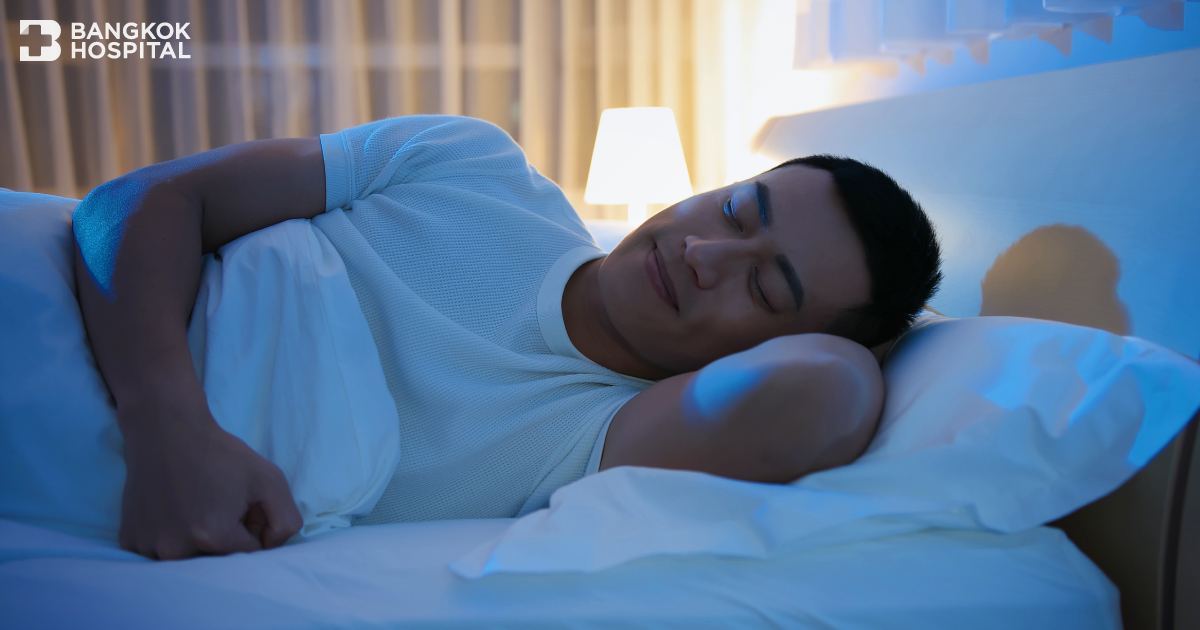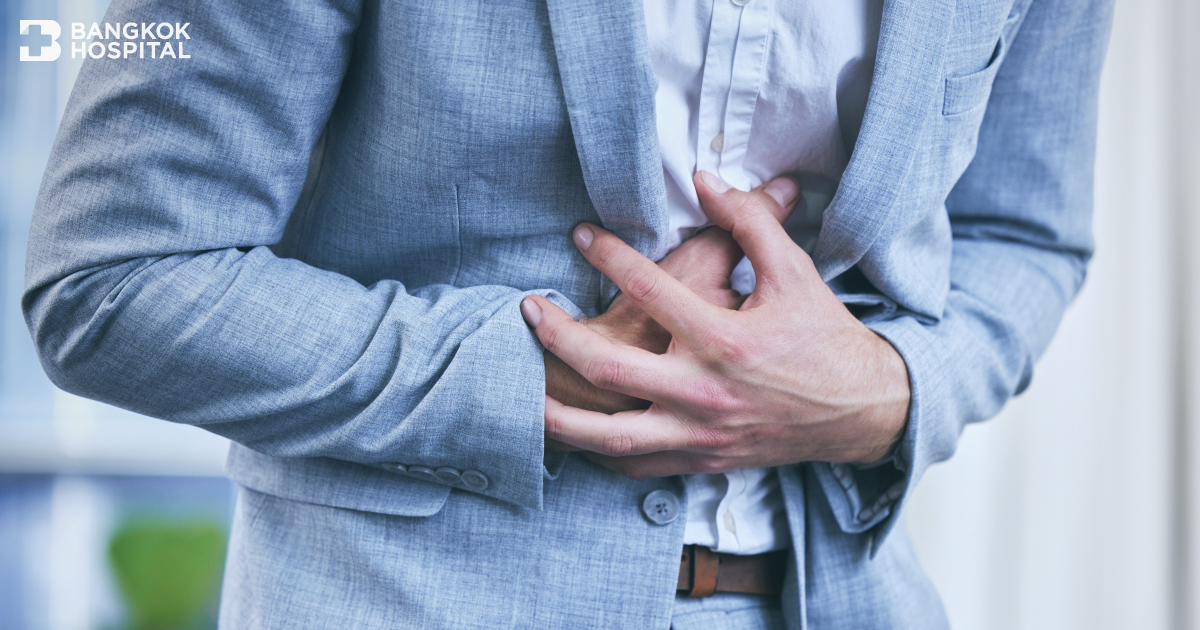Gastroscopy is important because it helps identify obscure abnormalities that has yet to exhibit any visible sign. If they are ignored and left undetected until the symptoms become severe, it may be difficult to treat later. Therefore, gastrointestinal screening is something that should not be overlooked.
Warning Signs to Get Gastroscopy
- 45 years old and above, or 40 years old with a family history of stomach cancer, colon cancer, or colon polyps.
- Abdominal pain, bloating
- Unexplained weight loss
- Vomiting blood
- Blood in stool
- Diarrhea and constipation alternately
- Bleeding or abdominal pain that are not related to aging
Gastroscopy
Gastroscopy is a minimally invasive procedure that uses a thin, flexible camera (endoscope), which is inserted through the patient’s mouth – to diagnose any abnormality with the patient’s food pipe, stomach and upper part of the small intestine (duodenum). The procedure takes about 10 – 15 minutes.
Preparation for Gastroscopy
- For a patient with other pre-existing conditions, it is critical to consult your regular physician as some medication may affect gastroscopy.
- A gastrointestinal doctor examines the patient and explains the procedure, key indicators, possible complications, as well as other alternatives. Then the doctor will make appointment for the gastroscopy. On the day of the procedure, the medical team will evaluate the patient’s readiness that will also include extensive medical history checks, before the procedure commences.
- The patient will have to abstain from taking any liquid and food at least 6 – 8 hours before the procedure.
- Because the patient will be sedated during gastroscopy, it will be necessary to have a care-giver who will be responsible for taking the patient home after the procedure.
The Gastroscopy Procedure
- Before the procedure, the patient will receive anesthetic spray in the throat twice and will be asked to lie on his/her left side.
- The patient is then sedated, and the doctor will insert the small endoscope into the patient’s mouth, through the esophagus into the stomach and upper part of the duodenum.
- The doctor will retrieve some tissues and test them for bacteria in the stomach. If an abnormality or any evidence of gastrointestinal disease is detected, the doctor may remove more tissue samples for biopsy.
- After the procedure, the patient will remain in the recovery room for 1 – 2 hours for observation, or until the patient is fully awake and is able to receive the gastroscopy results.
- The patient must refrain from driving or working on the day of the procedure.
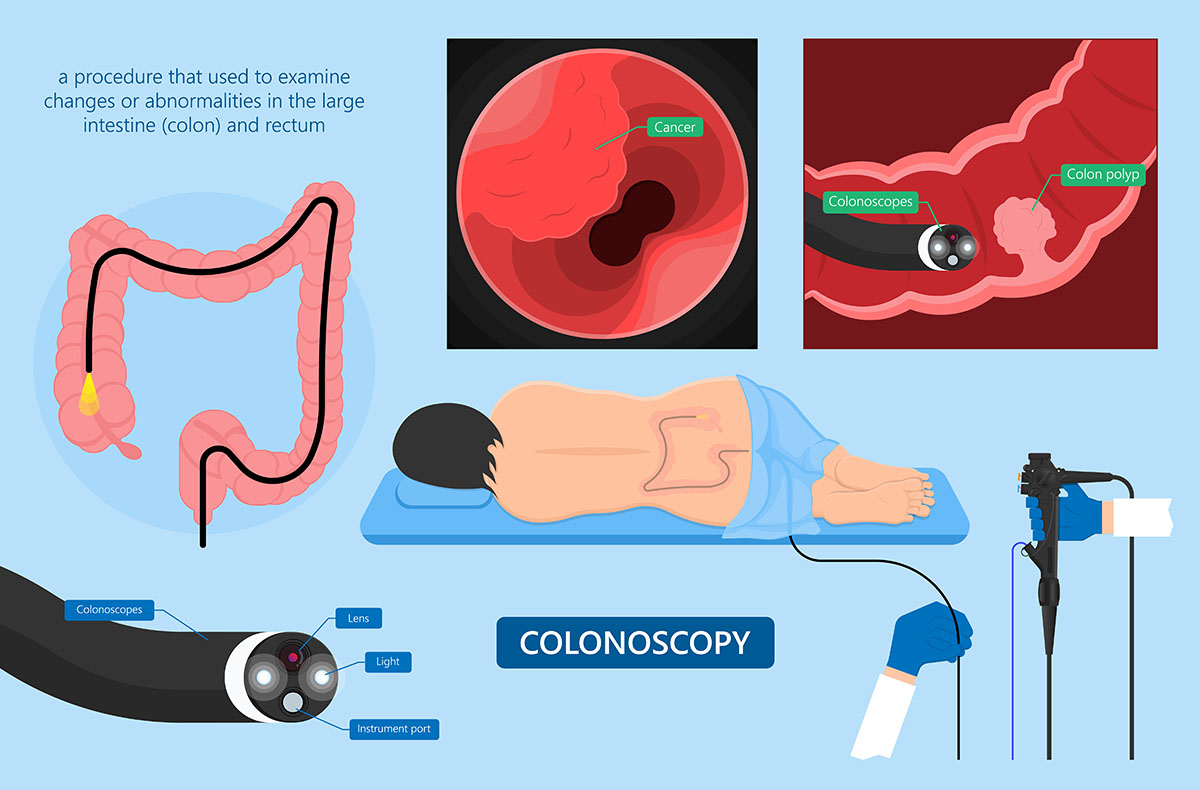
Colonoscopy
Colonoscopy is a minimally invasive procedure that uses an endoscope, which is inserted through the patient’s rectum – to diagnose any abnormality with the patient’s colon and may also include the lower part of the duodenum. The procedure takes about 20 – 30 minutes.
Preparation for Colonoscopy
- For a patient with other pre-existing conditions, it is critical to consult your regular physician as some medication may affect colonoscopy.
- A gastrointestinal doctor examines the patient and explains the procedure, key indicators, possible complications, as well as other alternatives. Then the doctor will make appointment for the colonoscopy.
- 2 days prior to the procedure, the patient should refrain from eating solid food and fruits. Low-fiber food – such as consume or congee – is recommended.
- The day before the procedure, the patient must complete all doses of laxative as prescribed by the doctor. The laxative will purge the intestines of any residue, and the patient will experience frequent diarrhea until the stool appears like clear water. Before midnight, the patient may drink some water or consume, or eat fruits without fibers.
- The patient will have to abstain from taking any liquid and food at least 6 – 8 hours before the procedure. (No food or drink after midnight.)
- On the day of the procedure, the medical team will evaluate the patient’s readiness that will also include extensive medical history checks, before the procedure commences.
- Because the patient will be sedated during colonoscopy, it will be necessary to have a care-giver who will be responsible for taking the patient home after the procedure.
The Colonoscopy Procedure
- The patient lies on his/her left side in fetus position, with knees close to the chest.
- The patient is sedated and pain-killer medication may be administered at the same time. The doctor then inserts an endoscope into the patient’s rectum and starts examining the colon.
- If an abnormality or evidence of gastrointestinal disease is detected, the doctor may remove tissue samples for biopsy. Some small growths, if observed, can also be removed.
- After the procedure, the patient will remain in the recovery room for 1 – 2 hours for observation, or until the patient is fully awake and is able to receive the colonoscopy results.
- The patient must refrain from driving or working on the day of the procedure.

